10 Best Pueraria Lobata Preparations
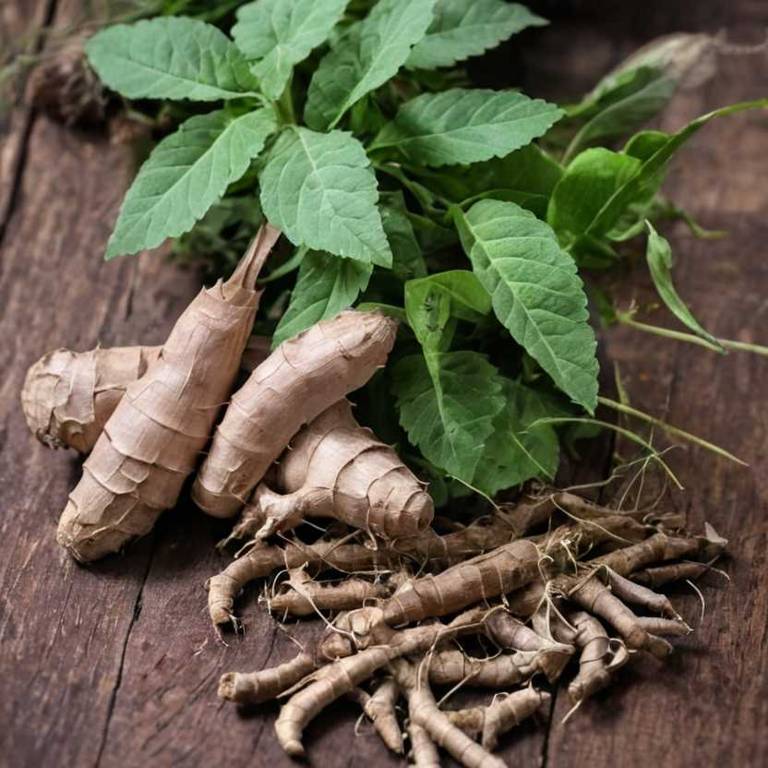
The best medicinal preparations of Pueraria lobata are teas, decoctions, tinctures, capsules, and creams, each offering unique benefits for health and wellness.
Teas and decoctions are commonly used to support digestion and reduce inflammation.
Tinctures provide a concentrated form for quick absorption of its active compounds.
Capsules offer a convenient and standardized dosage option.
Creams are applied topically to alleviate muscle pain and skin conditions.
These diverse preparations make Pueraria lobata a versatile herb in traditional and modern medicine.
Below there's a list of the 10 best herbal preparations of pueraria lobata for medicinal purposes.
- 1. Teas
- 2. Decoctions
- 3. Tinctures
- 4. Capsules
- 5. Creams
- 6. Syrups
- 7. Lozenges
- 8. Oinments
- 9. Oils
- 10. Poultices
1. Teas
Pueraria lobata teas is commonly used to support hormonal balance, alleviate menopausal symptoms, and promote weight management.
This herbal preparation is widely recognized for its ability to treat conditions such as hot flashes, mood swings, and metabolic disorders. The most common medicinal uses include managing symptoms of menopause, reducing inflammation, and supporting cardiovascular health. The bioactive constituents responsible for these effects include isoflavones, particularly daidzein and genistein, which act as phytoestrogens.
These compounds help regulate hormone levels and exhibit antioxidant and anti-inflammatory properties.
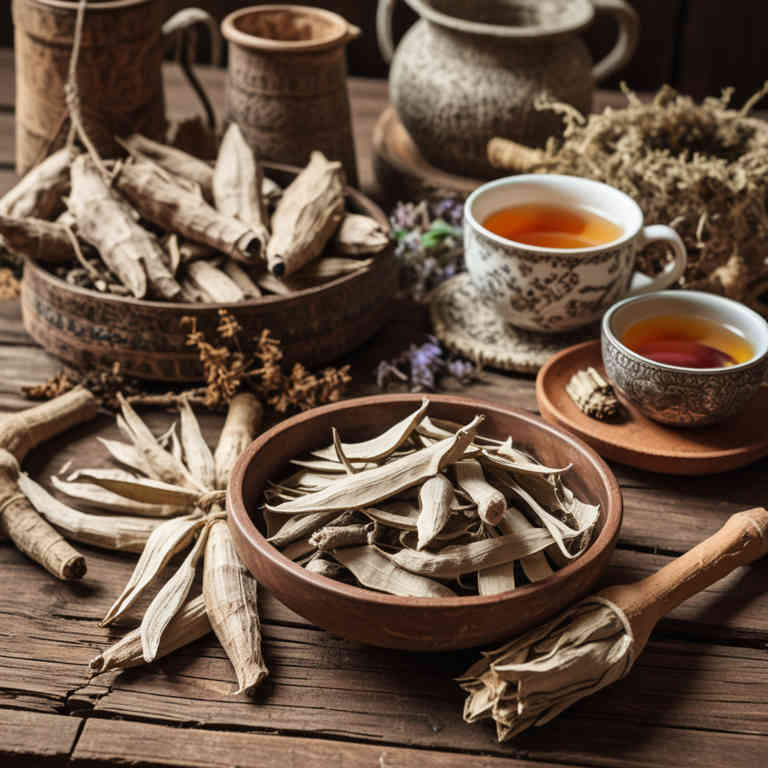
2. Decoctions
Pueraria lobata decoctions is commonly used to treat conditions related to hormonal imbalances, particularly in women, such as menopausal symptoms, breast tenderness, and premenstrual syndrome.
These decoctions are also used to alleviate pain and inflammation associated with conditions like arthritis and muscle spasms. The bioactive constituents responsible for these effects include isoflavones, such as daidzein and genistein, which exhibit phytoestrogen-like properties. Additionally, compounds like puerarin and formononetin contribute to its anti-inflammatory and antioxidant activities.
This herbal preparation has been traditionally used in Chinese medicine for its ability to regulate hormonal functions and reduce inflammation.
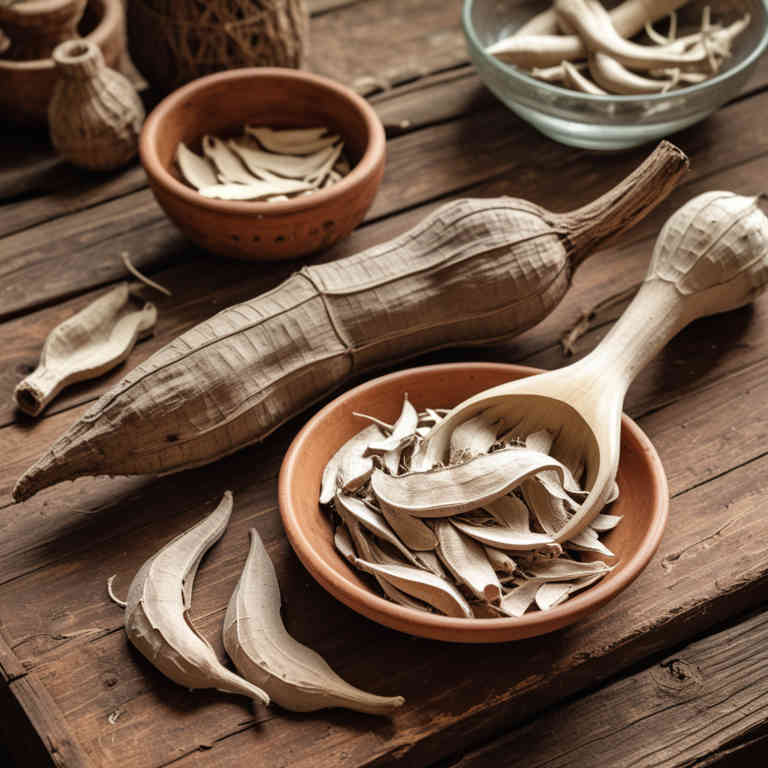
3. Tinctures
Pueraria lobata tinctures is commonly used to alleviate symptoms of menopause, such as hot flashes and mood swings, and to support weight management.
These preparations are also used to address hormonal imbalances, particularly in women, and to enhance cognitive function. The most common ailments treated include menopausal symptoms, obesity, and neurological conditions like Alzheimer's disease. The bioactive constituents responsible for these effects include isoflavones, such as daidzein and genistein, which have estrogen-like properties, as well as puerarin and other flavonoids that exhibit antioxidant and anti-inflammatory effects.
These compounds contribute to the plant's ability to modulate hormone levels and improve overall metabolic health.
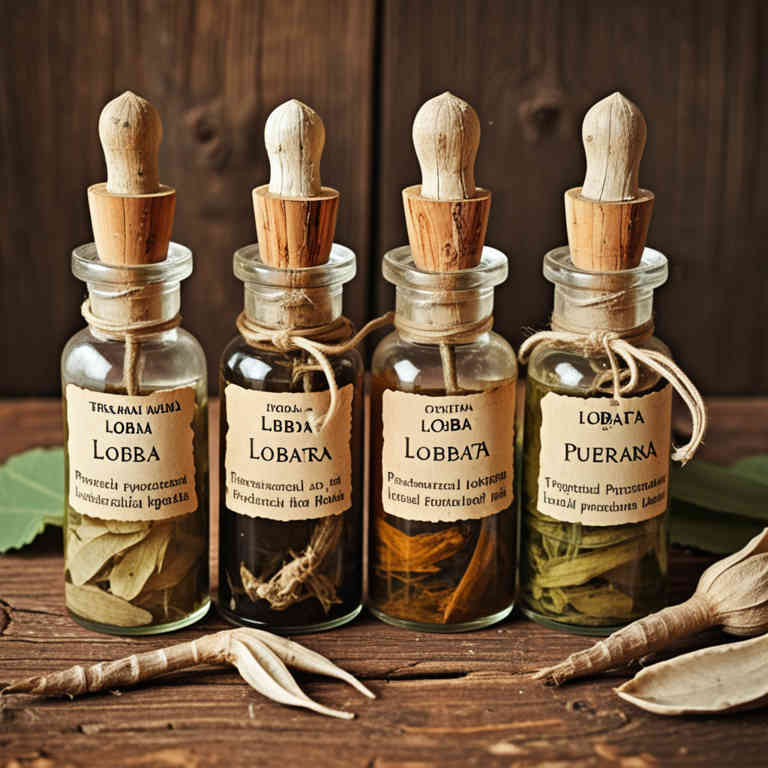
4. Capsules
Pueraria lobata capsules is commonly used to support hormonal balance, alleviate menopausal symptoms, and promote weight management.
They are frequently prescribed for conditions such as hot flashes, night sweats, and mood swings in women undergoing menopause. Additionally, they may aid in reducing appetite and supporting metabolic health. The primary bioactive constituents include isoflavones, particularly daidzein and genistein, which exhibit phytoestrogen-like properties.
These compounds help modulate estrogen activity in the body, contributing to the herb's therapeutic effects.
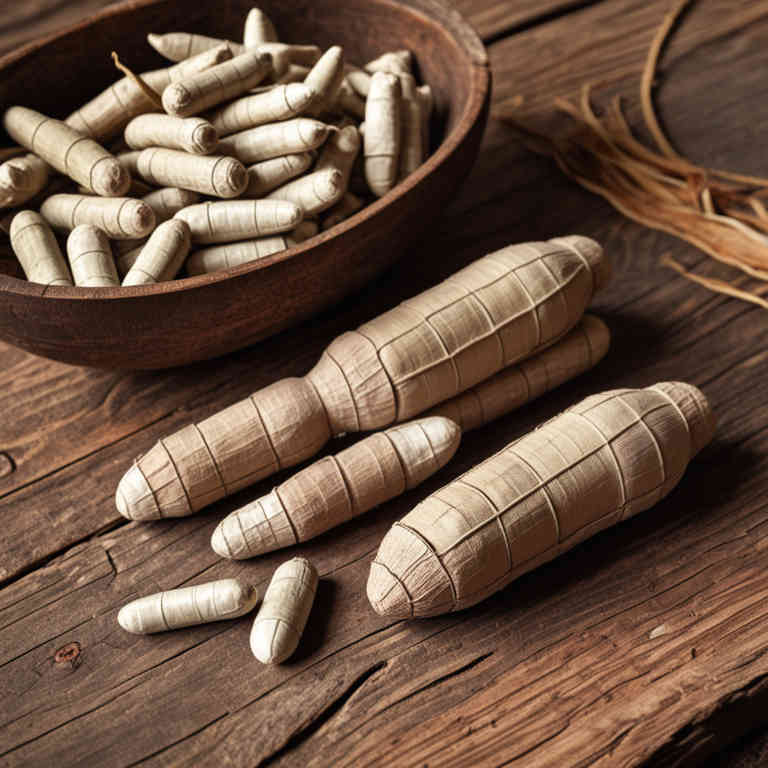
5. Creams
Pueraria lobata creams is commonly used to alleviate symptoms of menopause, such as hot flashes and night sweats, due to their phytoestrogen content.
These creams are also used to treat skin conditions like eczema and psoriasis because of their anti-inflammatory and soothing properties. The most common medicinal uses include managing hormonal imbalances, reducing inflammation, and improving skin health. Bioactive constituents such as isoflavones, daidzein, and genistein are responsible for the plant's medicinal effects, as they act as phytoestrogens and antioxidants.
These compounds help regulate hormone levels and reduce oxidative stress in the body.
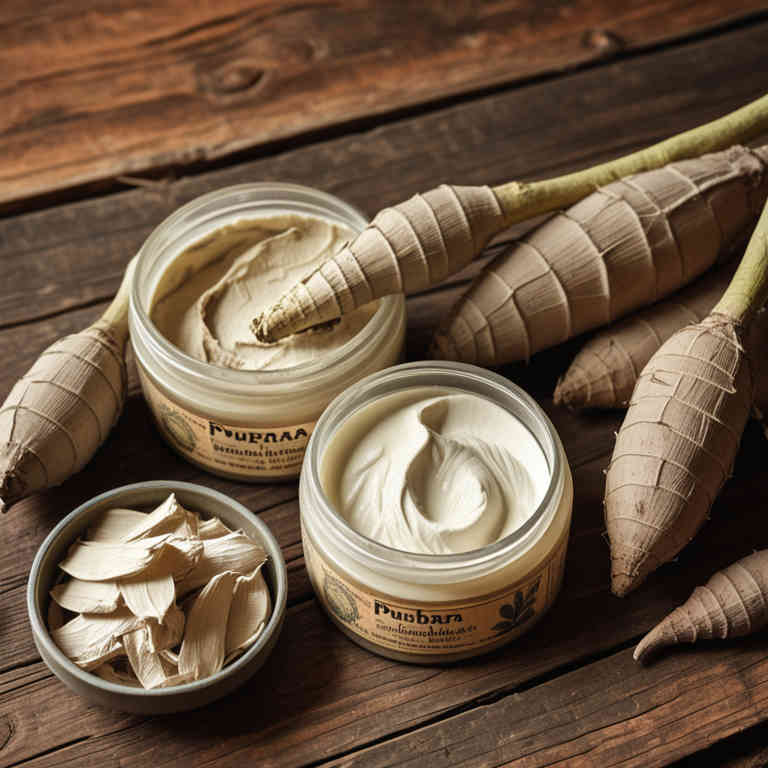
6. Syrups
Pueraria lobata syrups is commonly used to alleviate symptoms of menopause, such as hot flashes and mood swings, and to support weight management.
This herbal preparation is also used to treat conditions like hypertension, diabetes, and certain inflammatory disorders. The most common medicinal uses include managing hormonal imbalances, reducing cholesterol levels, and improving metabolic function. The bioactive constituents responsible for these effects include isoflavones, such as daidzein and genistein, which have estrogen-like properties, as well as other compounds like puerarin and flavonoids.
These compounds contribute to the plant's ability to modulate hormone activity, reduce oxidative stress, and enhance insulin sensitivity.
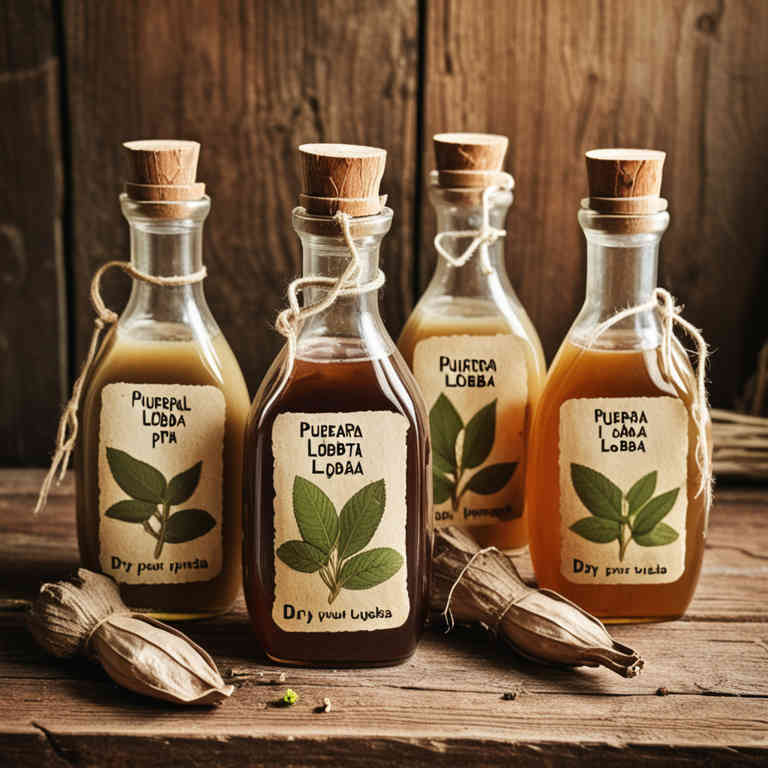
7. Lozenges
Pueraria lobata lozenges is commonly used to alleviate symptoms of menopause, such as hot flashes and night sweats, and to support hormonal balance.
These lozenges are also used to treat respiratory conditions like coughs and sore throats due to their anti-inflammatory and soothing properties. The most common medicinal uses include managing menopausal symptoms, reducing inflammation, and supporting respiratory health. The bioactive constituents responsible for these effects include isoflavones, such as daidzein and genistein, which have phytoestrogen-like properties, as well as flavonoids and saponins that contribute to anti-inflammatory and antioxidant activities.
These compounds work synergistically to provide the therapeutic benefits associated with Pueraria lobata lozenges.

8. Oinments
Pueraria lobata oinments is commonly used to alleviate symptoms of menopause, such as hot flashes and mood swings, and to support bone health.
This herbal preparation is also used to treat conditions like arthritis, muscle pain, and skin disorders due to its anti-inflammatory and analgesic properties. The most common medicinal uses include managing hormonal imbalances, reducing inflammation, and improving circulation. The bioactive constituents responsible for these effects include isoflavones, such as daidzein and genistein, which act as phytoestrogens, and compounds like puerarin and daidzin, which have antioxidant and anti-inflammatory properties.
These constituents contribute to the preparation’s ability to modulate hormone levels and reduce oxidative stress in the body.

9. Oils
Pueraria lobata oils is commonly used to alleviate symptoms of menopause, such as hot flashes and mood swings, due to its phytoestrogen content.
It is also employed in traditional medicine to support weight loss, improve cognitive function, and treat skin conditions. The most common medicinal uses include managing hormonal imbalances, reducing inflammation, and enhancing muscle growth. Bioactive constituents such as isoflavones, coumestans, and lignans are responsible for its therapeutic effects.
These compounds exhibit estrogenic activity, antioxidant properties, and anti-inflammatory effects, contributing to its wide range of health benefits.

10. Poultices
Pueraria lobata poultices is commonly used to treat inflammation, pain, and skin conditions due to its traditional medicinal properties.
These poultices are often applied externally to reduce swelling, alleviate muscle pain, and promote wound healing. The most common ailments treated include rheumatism, arthritis, and skin infections. The bioactive constituents responsible for these effects include isoflavones, such as daidzein and genistein, which have anti-inflammatory and antioxidant properties.
Additionally, the presence of saponins and alkaloids contributes to its therapeutic benefits.
